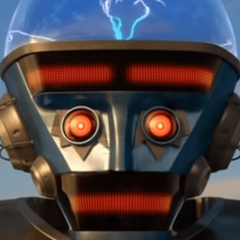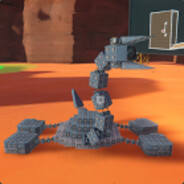Python, File to PNG Compressor.

By
Poet129
in Programming
in Programming
Go to solution
Solved by Poet129,
2 minutes ago, WereCatf said:No need to.
Well I would to thank everybody who participated in helping me make this compressor, helped me test it, and even showed me how it isn't better in most cases. Thanks again, will definitely look for help here again in my future projects.
-
Featured Topics
-
Topics
-
sunze ·
Posted in Troubleshooting0 -
LiterallyDiego ·
Posted in Phones and Tablets0 -
ShadeBorderlands ·
Posted in Programs, Apps and Websites2 -
0
-
realfireguy ·
Posted in Graphics Cards5 -
AbyssSF ·
Posted in New Builds and Planning1 -
2
-
Nesy ·
Posted in Troubleshooting5 -
Ripred ·
Posted in Troubleshooting0 -
7
-
-
play_circle_filled

Latest From ShortCircuit:
I tried 20 influencer foods, here are the best… and the worst…

.png.255947720031a641abdac78e663b681c.png)














Create an account or sign in to comment
You need to be a member in order to leave a comment
Create an account
Sign up for a new account in our community. It's easy!
Register a new accountSign in
Already have an account? Sign in here.
Sign In Now